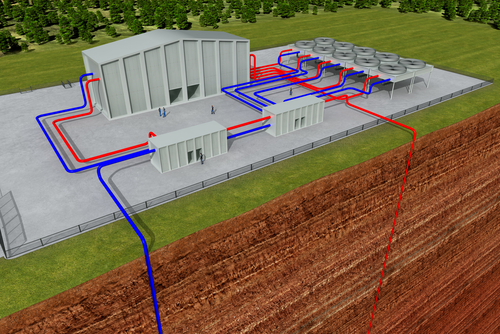Department of Energy announces up to $44M for enhanced geothermal systems

The U.S. Department of Energy’s (DOE) Frontier Observatory for Research in Geothermal Energy (FORGE) announced it would make available up to $44 million to fund enhanced geothermal systems (EGS) projects.
The funding will support projects that develop and test technology that fosters EGS innovation to significantly scale up U.S. geothermal deployment and deliver clean energy to meet the country’s climate goals, the office said.
“The United States has incredible, untapped potential for clean geothermal power to help meet our energy needs with a round-the-clock resource available across the country,” said U.S. Secretary of Energy Jennifer M. Granholm. “These new investments at FORGE, the flagship of our EGS research, can help us find the most innovative, cost-effective solutions and accelerate our work toward wide-scale geothermal deployment and support President Biden’s ambitious climate goals.”
Managed by the University of Utah, FORGE is the DOE’s dedicated field laboratory for EGS and oversees technologies to create, sustain and monitor EGS reservoirs. According to the DOE, the U.S. only uses a small fraction of the geothermal resources in the country, even though geothermal energy has the potential to provide electricity and direct heating and cooling to tens of millions of homes nationwide. The vast majority of EGS is inaccessible with the creation of human-made EGS reservoirs, which requires substantial and sustained investment in technology development.
The DOE said it will provide funding for up to 17 awards to build on FORGE’s existing EGS work and focus on reproducible solutions and dissemination of technical data. The research projects will focus on five topic areas – seismicity monitoring protocols, novel reservoir stimulation techniques, experiments in EGS heat extraction efficiency, materials to sustain flow pathways in EGS reservoirs, and tools that can withstand high temperatures while isolating zones within the wellbore.
More information is available on the FORGE website.
